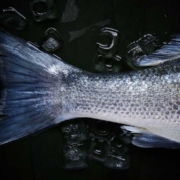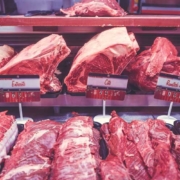Parts of the Fish: The Head, Body, and Tail
Fish is an essential food in the diet as it is a great source of protein, rich in vitamins and minerals, and provides a significant amount of omega-3. Like any meat source, fish is divided into different parts. Anatomically, these are its parts:
Head
In the head of the fish, we find the mouth, eyes, and gills, usually with an elongated and pointed shape (depending on the type of fish), with two small nasal cavities at the tip. It is characterized as the part of the fish with the least meat.
Body
Located just after the gills and extending to the fish’s anal cavity, this section contains the meat, organs, scales, and fins.
Tail
The final part of the fish helps it propel through the water, and depending on the species, it can vary in size, although it generally contains little meat.
When it comes to cooking or preparing fish, there are specific cuts, which are described below:
Cogote: This includes the head, along with the teeth and eyes.
Kokotxa: This is the portion of meat located under the fish’s chin, known for its gelatinous texture.
Lijada: Referring specifically to the fish’s belly, this part is notable for containing the majority of the fish’s fat.
Loin: Above the belly, on the sides of the fish, is the loin, which is typically the most enjoyed part, as it contains most of the fish’s meat.


